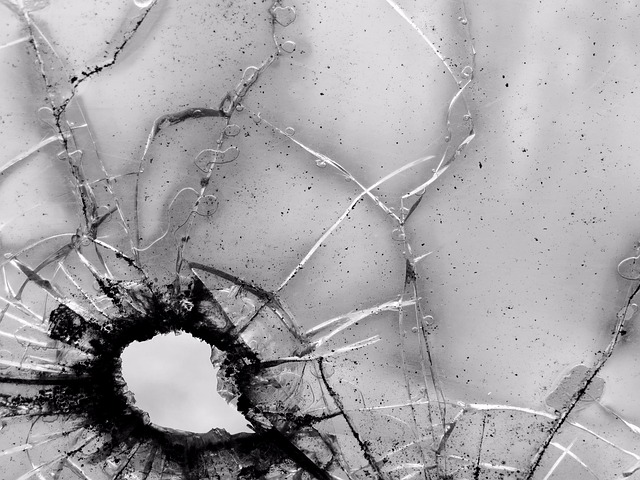Introduction: Glaucoma and the Burden of Cellular Stress
Glaucoma, a major cause of irreversible blindness globally, involves the progressive loss of retinal ganglion cells (RGCs) and optic nerve damage. While high intraocular pressure (IOP) is a key risk factor, glaucoma often progresses even at normal IOP levels. This highlights the role of other mechanisms, particularly cellular stress within the eye's delicate tissues. Growing evidence points to the endoplasmic reticulum (ER) – the cell's protein production factory – and its stress response, the Unfolded Protein Response (UPR), as critical factors in glaucomatous neurodegeneration.
Understanding the Unfolded Protein Response (UPR)
Think of the ER as a busy factory churning out proteins. When production errors lead to a buildup of misfolded or unfolded proteins, the cell activates the UPR. This complex signaling network acts like the factory's emergency management system. Its initial goals are adaptive: temporarily slow down protein production (via PERK), increase the capacity to fold proteins correctly (via ATF6), and clear out faulty products through ER-associated degradation (ERAD, partly regulated by IRE1α). The UPR is orchestrated by three key sensor proteins embedded in the ER membrane: IRE1α (Inositol-requiring enzyme 1 alpha), PERK (PKR-like ER kinase), and ATF6 (Activating transcription factor 6).
How UPR Dysfunction Contributes to Glaucoma
In glaucoma, the delicate balance of the UPR appears to be disrupted. While components of the UPR are activated in stressed RGCs (e.g., increased IRE1α-mediated XBP1 splicing and PERK-mediated phosphorylation of eIF2α), this activation often becomes chronic rather than corrective. Persistent ER stress and prolonged UPR signaling can overwhelm the cell's coping mechanisms. For instance, sustained PERK pathway activation can upregulate pro-apoptotic factors like CHOP, shifting the UPR from a pro-survival to a pro-death response. This maladaptive UPR signaling contributes significantly to RGC dysfunction and loss in glaucoma.
Evidence Linking Impaired UPR to Glaucoma

Research provides compelling evidence for UPR involvement in glaucoma. Studies using animal models and analyses of human eye tissues reveal altered levels of key UPR markers (like phosphorylated PERK, phosphorylated eIF2α, spliced XBP1, and CHOP) in RGCs subjected to glaucomatous stress (e.g., elevated IOP or genetic factors). This molecular evidence strongly suggests that ER stress and a dysregulated UPR are part of the pathogenic cascade leading to neurodegeneration in glaucoma.
Therapeutic Potential: Targeting the UPR in Glaucoma
Modulating the UPR presents a novel therapeutic angle for glaucoma, aiming beyond IOP reduction to directly protect RGCs. Potential strategies focus on restoring ER homeostasis and mitigating chronic UPR activation. These include using chemical chaperones to improve protein folding, inhibiting specific detrimental UPR branches (like the PERK-CHOP axis), or enhancing protective aspects like ERAD. For example, the chemical chaperone tauroursodeoxycholic acid (TUDCA) has shown promise in preclinical models by reducing ER stress and protecting RGCs. The challenge lies in developing targeted therapies that fine-tune the UPR, bolstering its protective functions while dampening its pro-apoptotic effects.
- Chemical chaperones (e.g., TUDCA, PBA) to aid protein folding
- Selective inhibitors of UPR stress sensors or downstream effectors (e.g., PERK inhibitors)
- Agents enhancing ER-associated degradation (ERAD)
- Gene therapy approaches targeting UPR components (experimental)
Conclusion: A New Frontier in Glaucoma Therapy
Dysfunction of the Unfolded Protein Response is increasingly recognized as a key contributor to RGC death in glaucoma. Understanding the intricate signaling pathways of the UPR and how they become maladaptive under chronic stress is paving the way for innovative neuroprotective strategies. Targeting ER stress and the UPR holds significant promise for developing future glaucoma therapies aimed at preserving vision.
